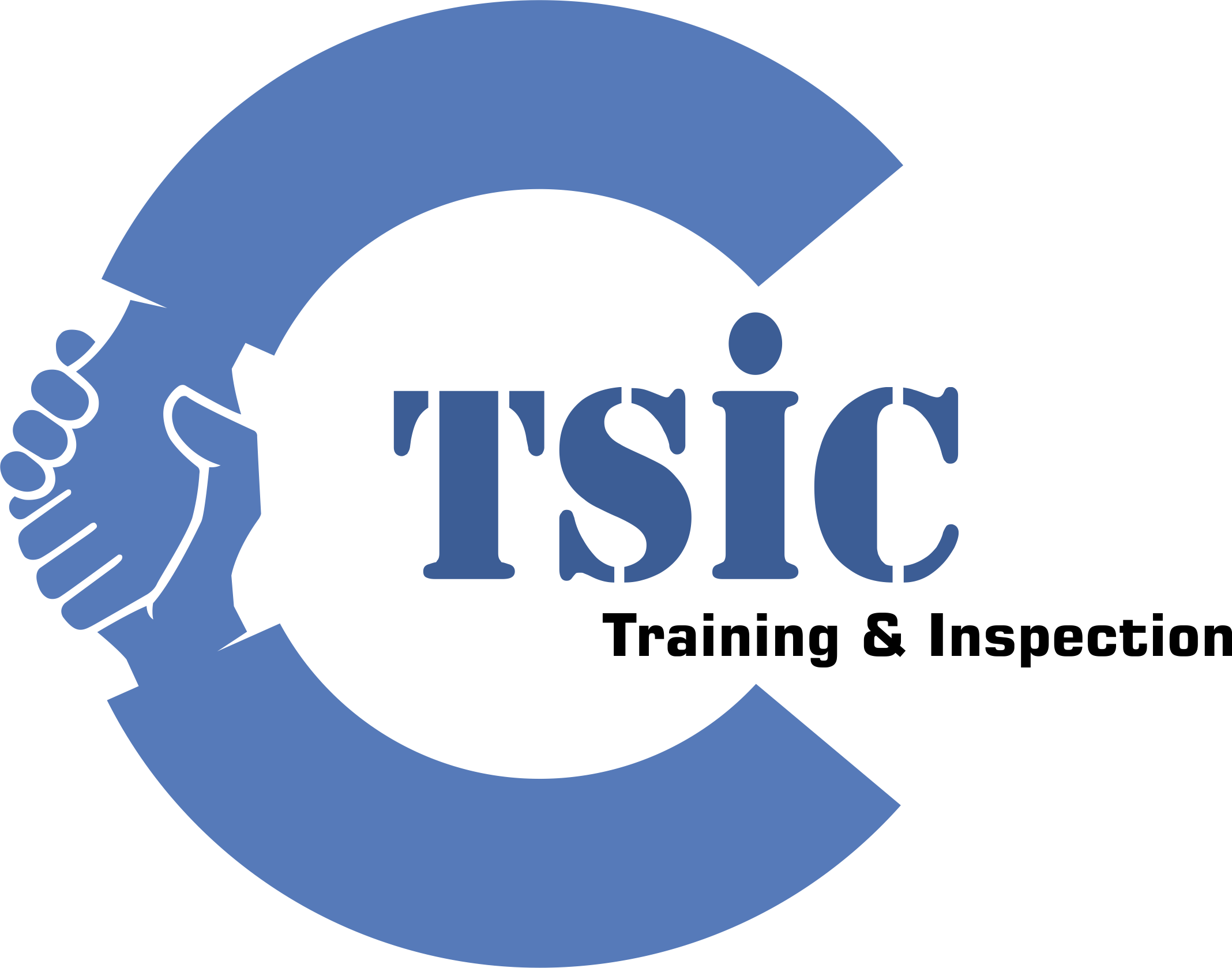In his dialogues, Socrates argued that when faced with a choice between two alternatives, it is our nature to choose the alternative that is most right, most good, and most virtuous (Plato, as translated by Jowett, 2011). Why do individuals choose the pathological choice of using drugs at the expense of taking care of oneself and loved ones, of sacrificing personal relationships, of destroying one’s social environment. According to Socrates, the answer is troubling – one must have bad judgement, bad priorities, or even worse – both (see excellent lay discussion by de https://capitaltribunenews.com/top-5-advantages-of-staying-in-a-sober-living-house/ Kenessey, 2018). Evidence that a capacity for choosing advantageously is preserved in addiction provides a valid argument against a narrow concept of “compulsivity” as rigid, immutable behavior that applies to all patients. If not from the brain, from where do the healthy and unhealthy choices people make originate? To resolve this question, it is critical to understand that the ability to choose advantageously is not an all-or-nothing phenomenon, but rather is about probabilities and their shifts, multiple faculties within human cognition, and their interaction.
- These basic learning theories are taken a step further with an understanding of social learning theory.
- Sometimes, for instance, addressing an underlying social need or environmental stressor can improve mental health more effectively than other psychological or biological treatments.
- Why do individuals choose the pathological choice of using drugs at the expense of taking care of oneself and loved ones, of sacrificing personal relationships, of destroying one’s social environment.
- Yet when neurogenetic attributions are made entirely irrespective of their social context, individuals with mental health problems are viewed as less responsible (Mehta and Farina 1997), and the individuals themselves may perceive a limited control over their actions (Shiloh, Rashuk-Rosenthal, and Benyamini 2002).
- Both personal factors internal to the individual and environmental factors external to the individual directly impact the likelihood of using drugs.
- It is a model based on Engel’s original biopsychosocial model (Engel 1977) for which he argued that to develop a scientific and comprehensive description of mental health, theories that promote biological reductionism should be dismissed in favour of those that adhere to general systems theory.
- Recent advances in neuroscience provide compelling evidence to support a medical perspective of problematic substance use and addiction (Dackis and O’Brien 2005).
Policy Interventions

The individual may choose to initially use drugs for a variety of reasons (e.g., cultural practice, social inclusion, curiosity). In the absence of any obvious negative outcomes, the momentary consequences of using drugs may outweigh the momentary consequences of not using drugs. Drugs are unique as reinforcers in that they act directly (and in this sense, biochemically) on the biological systems that control motivated behavior. Consequently, if drug use continues unabated, cognitive processes that evaluate behavioral outcomes are progressively diminished relative to the motivational aspects of behavior that lead to drug administration. In a reciprocal determinism model, behavior is still determined by factors both internal and external to the individual, but the functional relationships controlling behavior become pathological during addiction, leading to adverse consequences for the individual and others who occupy his or her social environment. According to this model, the non-eliminable dimensions of addiction are those that relate to the act of using drugs, the personal characteristics of the user, and the contingencies operating in the environment, particularly the social environment.
- The biopsychosocial model was not so much a paradigm shift—in the sense of a crisis of the scientific method in medicine or the elaboration of new scientific laws—as it was an expanded (but nonetheless parsimonious) application of existing knowledge to the needs of each patient.
- A new individual is created with each additional drug experience – an individual that is progressively more likely to make pathological choices for drugs over other reinforcers, even at great personal and social costs.
- Addictive behaviours are neither viewed as controlled or uncontrolled but as difficult to control a matter of degree.
- Engel gave a long list of important issues the BMM could not account for, and top of the list was ‘the person who has the illness’ (Engel, 1977, p. 131).
- First, he describes a “weak” rights ethic, wherein individuals have the right to access good healthcare.
JSmol Viewer
Accordingly, the social environment can increase the frequency of cravings, which may contribute to increased drug consumption, and thus increase the probability that affected individuals will participate in a series of habituated behaviours that facilitate using (Levy 2007b). Recent advances in neuroscience provide compelling evidence to support a medical perspective of problematic substance use and addiction (Dackis and O’Brien 2005). Despite these developments, the science is still in its early stages, and theories about how addiction emerges are neither universally accepted nor completely understood. Current ethical and legal debates in addiction draw upon new knowledge about the biological and neurological modification of the brain (Ashcroft, Campbell, and Capps 2007). “Biology” refers to our genetics, physical health, and the functioning of our organ systems.
- In addition, other well-characterized social learning processes such as stimulus enhancement, emulation, and socially induced reinforcement enhancement can impact behavior by altering the functional relationships between the individual and stimuli within the environment.
- First, we can move beyond the problematic issue of mind-body duality by recognizing that knowledge is socially constructed.
- Mind once was the place of mediation between person and situation, between the biological and the social.
- This “puppeteer” theory has been challenged by the argument that microbial ecology has local effects on the gut stemming from an evolved dependence rather than direct human behavioral manipulation (137).
Similar content being viewed by others
With such strong evidence of overlapping pathways between drugs of abuse and food (220), it is surprising that food has not been investigated as a long-term modulator of reward pathways in humans. Meanwhile, authors from around the globe have suggested that nutrition interventions may be helpful in combating the opioid crisis (156, 198, 221). Specifically, it would be helpful to measure how nutrition interventions in early recovery can impact the gut microbiome, and how this can affect brain function (e.g., neuroinflammation) and thereby overall chances of recovery. With new measures and specific biomarkers of health status (e.g., allostatic load, microbiome, etc.), the BPS Perspective can be operationalized. This work may end up being conducted under the emerging field of “nutritional psychiatry” (222, 223). To date, gut-based nutrition interventions for OUD have not been investigated in humans but do appear to be timely.
Communicating Clinical Evidence
Fundamentally, we consider that these terms represent successive dimensions of severity, clinical “nesting dolls”. Not all individuals consuming substances at hazardous levels have an SUD, but a subgroup do. At the severe end of the spectrum, these domains converge (heavy consumption, numerous symptoms, the unambiguous presence of addiction), but at low severity, the overlap is more modest. The exact mapping of addiction onto SUD is an open empirical question, warranting systematic study among scientists, clinicians, and patients with lived experience. No less important will be future research situating our definition of SUD using more objective indicators (e.g., [55, 120]), brain-based and otherwise, and more precisely in relation to clinical needs [121].
Addiction, Social Learning, and the Path Forward

It is also well documented that many individuals with SUD achieve longstanding remission, in many cases without any formal treatment (see e.g., [27, 30, 38]). Risky (hazardous) substance use refers to quantity/frequency indicators of consumption; SUD refers to individuals who meet criteria for a DSM-5 diagnosis (mild, moderate, or severe); and addiction refers to individuals who exhibit persistent difficulties with self-regulation of drug consumption. Among high-risk individuals, a subgroup will meet criteria for SUD and, among those who have Sober House an SUD, a further subgroup would be considered to be addicted to the drug. However, the boundary for addiction is intentionally blurred to reflect that the dividing line for defining addiction within the category of SUD remains an open empirical question. There are multiple theories of the neurobiology of addiction, and two prominent theories include the Opponent Process theory and the Incentive-Sensitization theory. To focus this review, we will direct attention to the Opponent Process theory and the Incentive-Sensitization theories.
- This study emphasised that inpatient treatment is necessary but inadequate for many people with SUD, and long-time access to various professional and social support systems is crucial in the recovery process.
- Thus it is the limited option for choice that is one prevailing variable, not only the reduced ability to choose alternatively.
I started to inject again… and my partner was aware of my substance use, but as long as I went to work and ate and . Then, when she realised that I injected, she gave me a choice to stop either using or to throw away our life together. A relatively new class of theories known as ‘embodied mind’, ‘embodied cognition’, or ‘4E cognition’, explicitly overturns dualism and are, therefore, potentially relevant to a revitalized BPSM.
